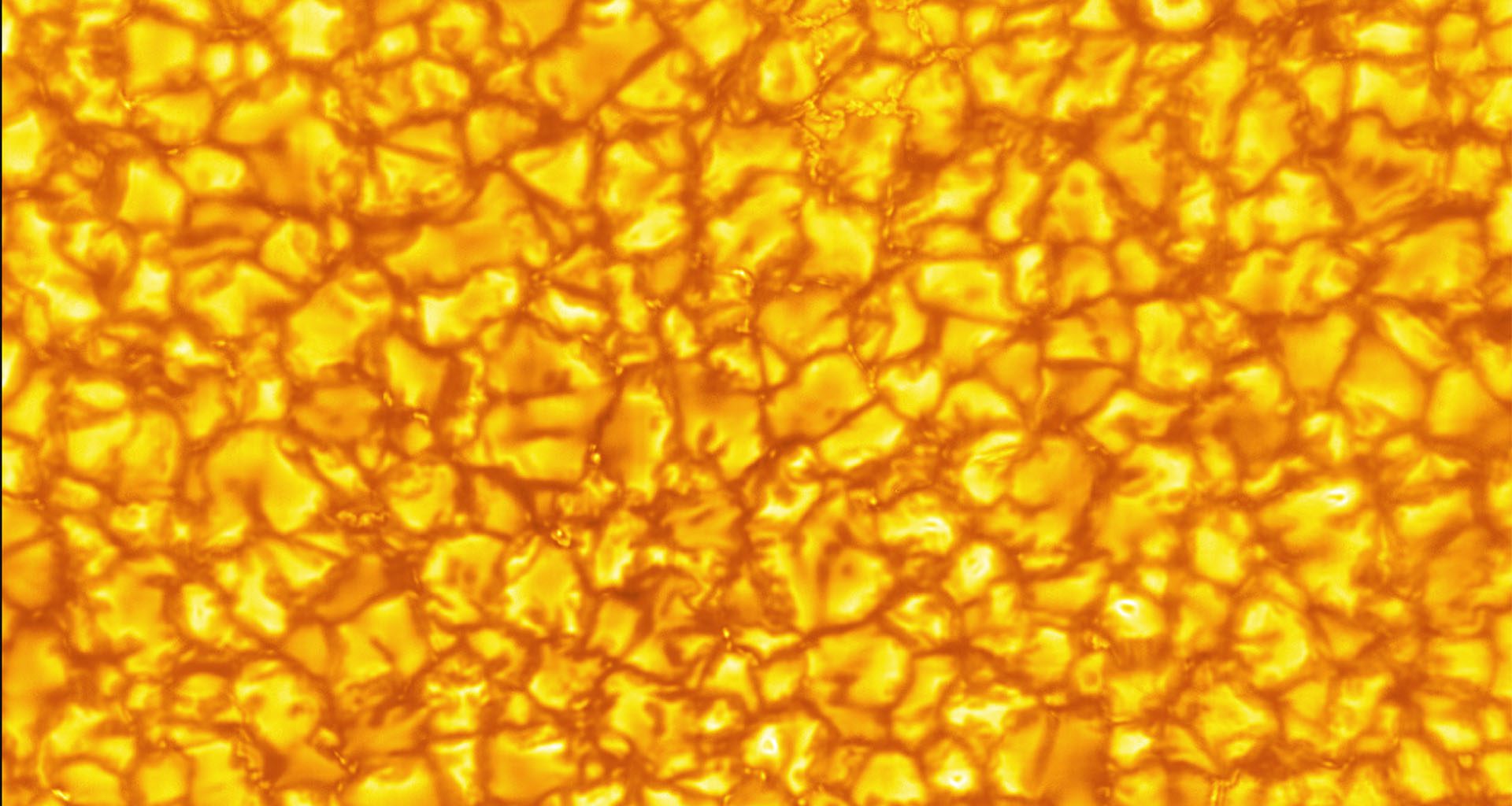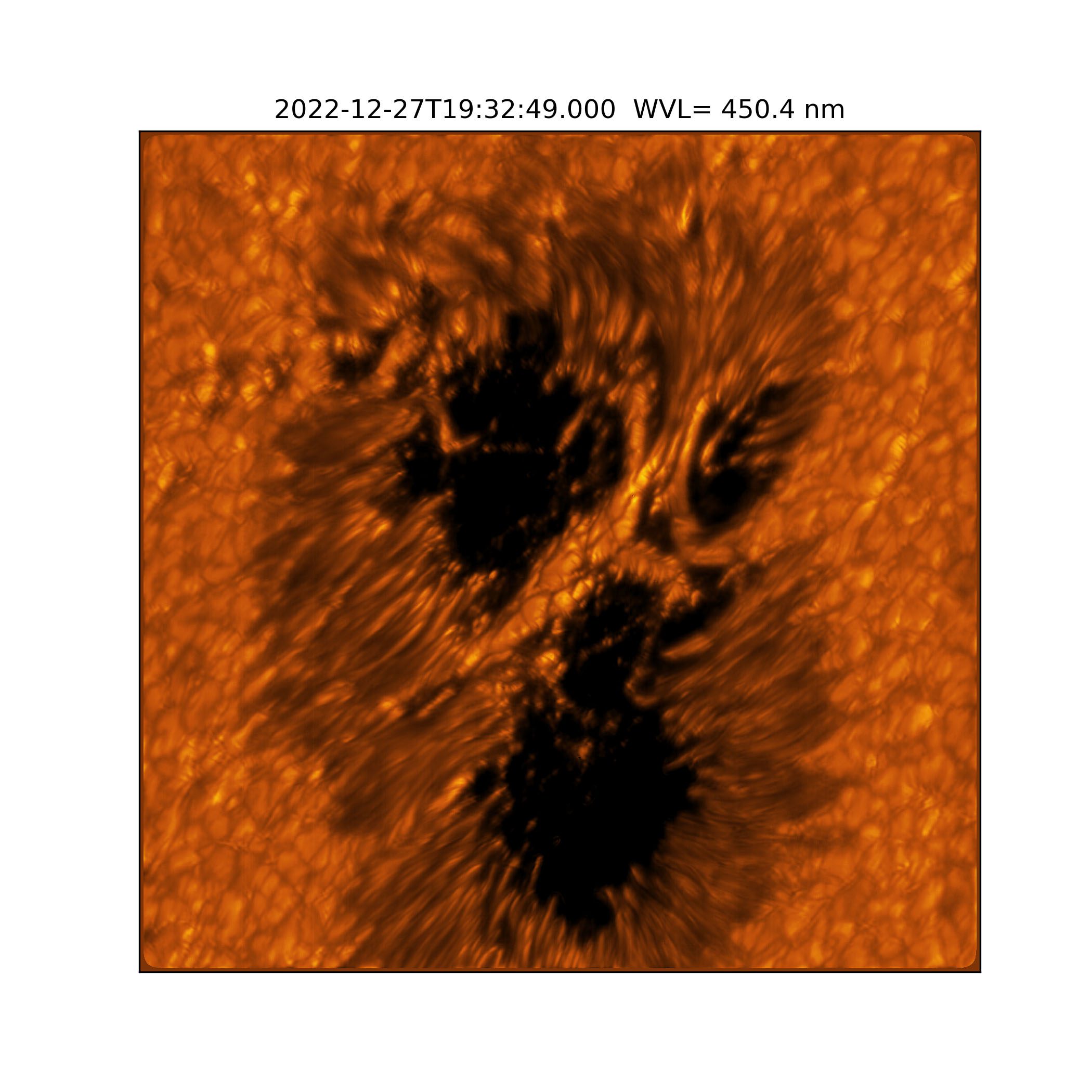After over a year of observations, the National Science Foundation’s Daniel K. Inouye Solar Telescope has completed the first cycle of its commission phase. To mark the occasion, eight new images have been released showing some highlights of the work undertaken there.
The images focus on the photosphere, the region commonly referred to as the surface of the Sun. They show areas where the Sun is mostly quiet as well as more active regions. In the calmer regions, you can see the granularity of the photosphere. The hotter plasma rises from the interior of the Sun, making the brighter spots of the granules, with the cooler plasma ending up displaced and forming the slightly darker lines between each cell.

A detailed look at the surface of the Sun. Each is about 1,000 kilometers (610 miles) across.
Image Credit: NSF/AURA/NSO
But if we want to see really dark regions on the surface of the Sun, we need to look for the sunspots. The Sun is going toward the solar maximum, the moment when its activity peaks over its 11-year cycle. The number of sunspots goes hand in hand with the increase in activity, making this time an excellent period to look for them. You don’t need even a telescope like Inouye to spot some of them.
The Inouye Solar Telescope is the biggest and most powerful in the world, so it doesn’t just get very detailed pictures. It gets you right in there, slowly revealing their secrets. Sunspots are areas of the photosphere that are slightly cooler (a few thousand degrees or so) than the rest of the Sun’s surface. The difference is due to the strong magnetic fields: the complex Sun’s magnetic field breaks through the photosphere, creating the sunspot.

A sunspot observed by the telescope in December.
Image Credit: NSF/AURA/NSO
Sunspots can have a north and south pole, like a regular magnet. They can interact with other sunspots too. They can become quite complex systems and sometimes the magnetic energy that builds up around them is released in explosive events such as solar flares and coronal mass ejections. These events can be very dangerous as they alter the space weather around our planet, affecting satellites, power lines, and other technologies.
The images released are just a tiny portion of the science conducted in cycle 1. While the commissioning phase is a way to calibrate and test the instruments, cutting-edge science is also being conducted. Proposals for this were submitted from around the world, although only a portion were conducted due to time constraints.
Source Link: New High-Resolution Images Of The Sun Are A Tease Of Things To Come